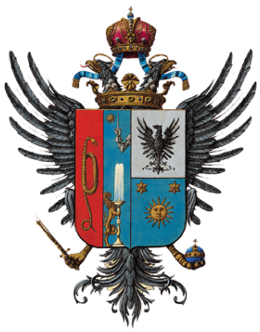
For centuries Monaco di Mezzo has been the central point of the Monaco feudal estates, estates which are so extensive that they were divided into three hamlets: Monaco di Sopra (Upper Monaco),
Monaco di Mezzo (Middle Monaco) and Monaco di Sotto (Lower Monaco) with their own large farms which were linked by tracks.
The only church was at Monaco di Mezzo and all the people from the feudal estates worshipped there.
The farm and hamlet of Monaco di Mezzo nestles in a valley, which is good for cultivating hard wheat.
Until a few decades ago the farm buildings were surrounded by stone huts with thatched roofs in which the farm workers families lived in the winter months.
The structure was that of a single large estate which, given the poor earning capacity of the land and the extensive area of land necessary to economic survival, was the most rational answer to the difficulties.
Wheat and sheep were and are the principal sources of the estate’s income, while olive and wine production only suffice local needs.
The Monaco estate, a charitable bequest to the Church from Baron Agliata of Petralia Sottana, was sold by the Church Land Commissioners to Baron Michele Pottino in 1865 and, today, it is part of the estates of Marchesi Pottino.
Alongside traditional cereal, sheep and horse farming there is now agri-tourism.

